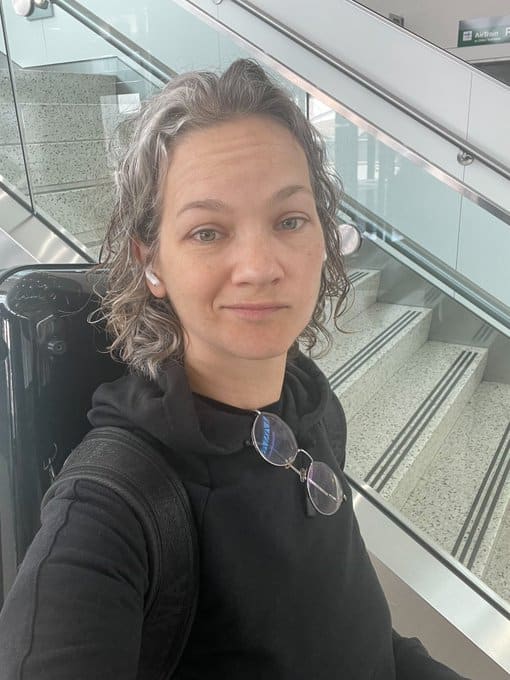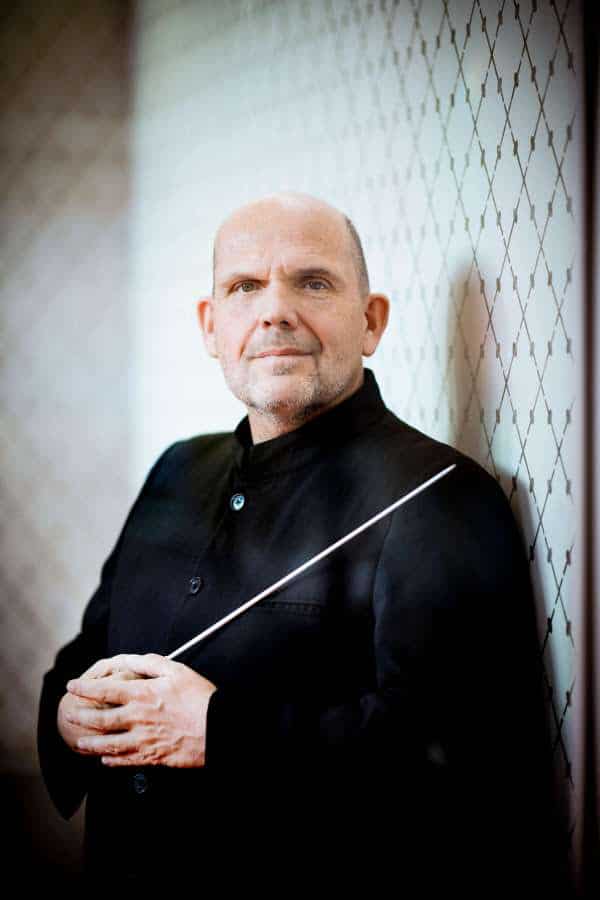Detroit to stream live rehearsal… up to point
mainIn an effort to engage its thriving international online audience with the daily work of an orchestra, the Detroit Symphony aims to stream Wednesday’s rehearsal live.
Correction: make that ‘aimed’.
It appears that union rules only permit 15 minutes of rehearsal streaming without heavy payment.

You can watch on dso.org/live from 9:50 EST when Leonard Slatkin makes some preparatory remarks. The rehearsal kicks in at 10. The work on the stands is Mahler’s First.





I’m all for unions, but really, American orchestral musicians have to lighten up on this kind of thing. Demanding extra money for a project that generates revenue is reasonable; that’s why professional athlete salaries have continued to increase as television money has. But a project like this generates no direct revenue – nor does it impose any additional work on the musicians – it’s really just an exercise to enhance the orchestra’s reputation. Requiring payment for something like this is a really self-defeating approach.
The Budapest Festival Orchestra has been streaming full rehearsals for a long time!
Would you be kind enough to share the link please?
“…union rules only permit 15 minutes of rehearsal streaming without heavy payment.”
The “rules” are a contract that was negotiated and agreed upon between the management and the players. In this case, the agreement allows 15 minutes of video streaming without compensation (for free). Beyond that an entire concert can be streamed for 4% of a players weekly scale ( – the same rate as a national radio broadcast) or 60 minutes for 2% () or 30 minutes for 1% (). Hardly “heavy payment”. Apparently the Detroit management decided to only stream up to the free 15 minute limit.
It’s true that it’s a contract, but it’s a pretty standard feature of US orchestral musicians contracts that harks back to an old and outdated notion: That recorded (and now streamed) music kills live performance and therefore musician jobs, so some compensation must be paid. But as we know, classical recordings sell virtually no copies, and it’s hard to argue that a streamed rehearsal is going to depress ticket sales – more likely the opposite. Assuming a DSO base wage is about $1,500/week, for 90 musicians it would cost about $5,000-$6,000 in extra pay to stream the rehearsal, so admittedly not especially onerous. But the underlying attitude is still that management is exploiting labor, and not that the musicians are equally invested in a brand-building exercise for their institution. Now if the stream made money, by all means they should get a good cut of it.
R. is citing fees for concert performance. Rehearsals should be categorised differently. I suspect these union “rules” were contracted before the concept of streaming rehearsals ever had any appeal.
Now they could be seen as “free” promotion — “free,” that is, to the musicians, the costs involved insetting up streaming presumably being borne by orchestra management. These, too, are not all that onerous if there is some technological capacity on strength. And a good investment in attracting interest.
It’s true that it’s a contract, but it’s a pretty standard feature of US orchestral musicians contracts that harks back to an old and outdated notion: That recorded (and now streamed) music kills live performance and therefore musician jobs, so some compensation must be paid. But as we know, classical recordings sell virtually no copies, and it’s hard to argue that a streamed rehearsal is going to depress ticket sales – more likely the opposite. Assuming a DSO base wage is about ,500/week and 90 musicians, it would cost about ,000-,000 in extra pay to stream the rehearsal, so admittedly not especially onerous. But the underlying attitude is still that the management is getting some benefit from doing this, and the players are not. I’m all for the players being paid well, but this is outreach, which in an age when musicians are supposed to be more than mere cogs in the giant machine, would seem to be everyone’s responsibility.
If they begin with the first movement, and have conductorial stops and starts, they’ll barely get through the exposition repeat before the feed goes dark. This might be as upsetting to viewers as seeing the end of the rehearsal, when the musicians cease playing, often in mid-phrase, as the second hand of the clock on the wall (there’s always a wall clock, it seems) marks h-hour. Full coverage of a single movement would the minimum I would hope for. Anything else would be penny-wise but definitely pound-foolish.
In defence of the DSO musicians, my understanding is that the DSO has one of the most flexible contracts in the country with regards to live broadcasts. I believe the DSO webcast every one of their subscription programs this season, and has the ability to rebroadcast some or all of them on demand.
I don’t know the specifics of the DSO’s negotiations, but I’d imagine the 15-minute limitation was originally intended for filming promo spots (which could be edited) rather than live streams.
It’s in the best interest of the orchestra (musicians and admin) to put forth the best possible product, so I don’t think it’s terribly unfair or unreasonable for musicians to want some limits on how much of a first or second rehearsal of a program will essentially be treated as a live performance (which could be rebroadcast), especially when a fully-rehearsed performance is streamed later in the week.